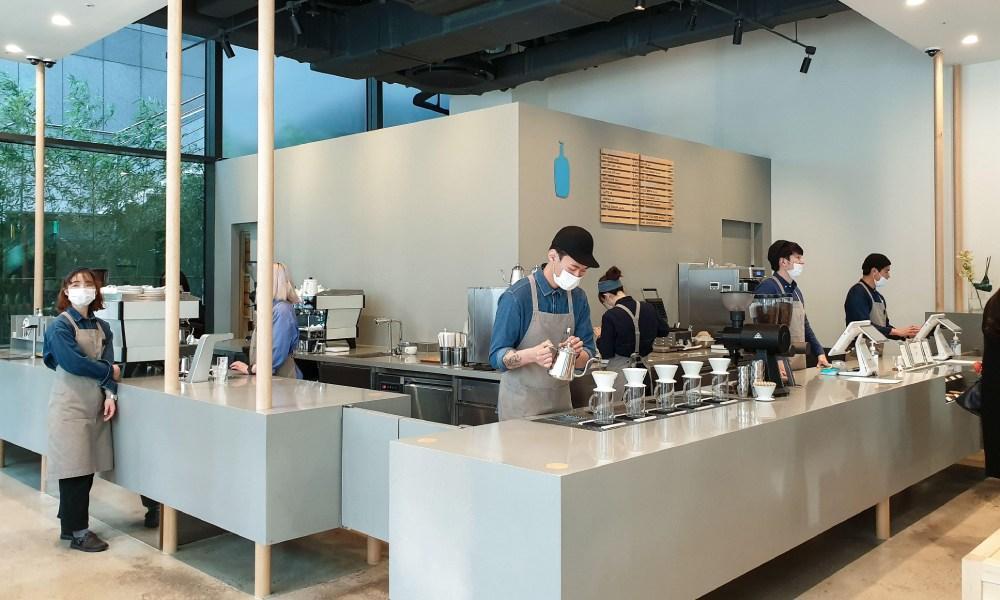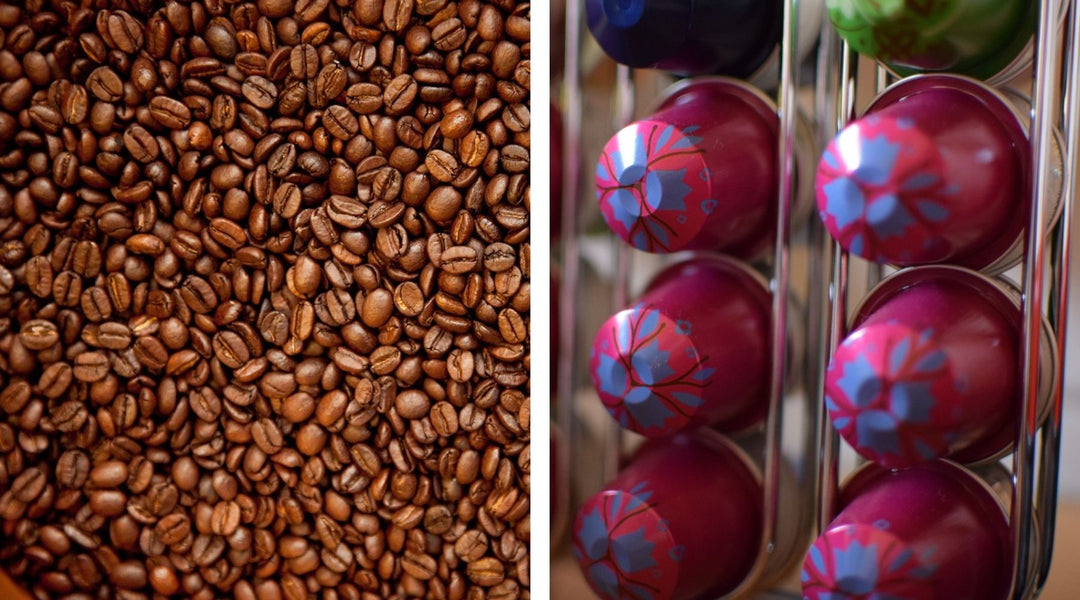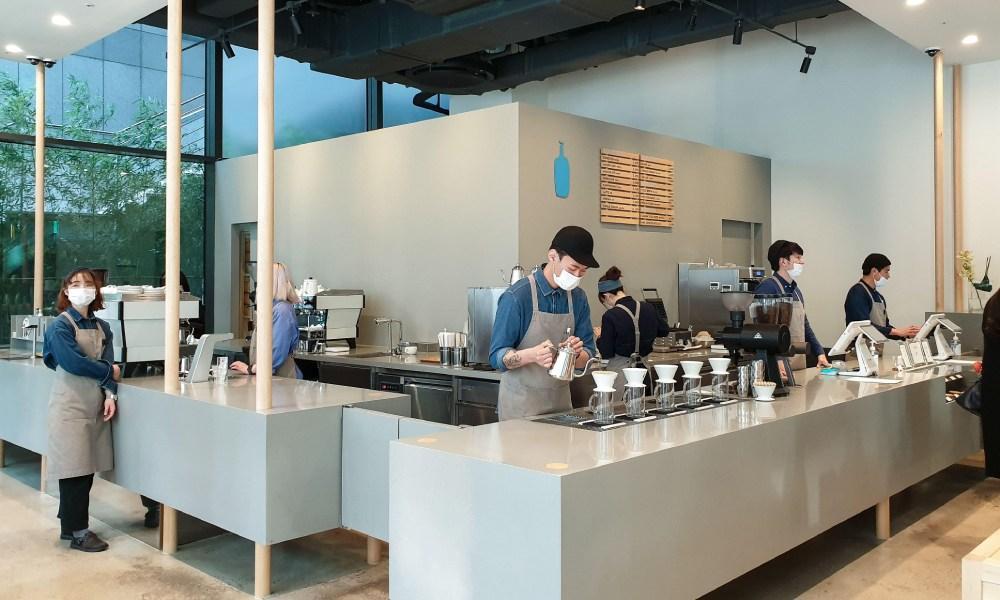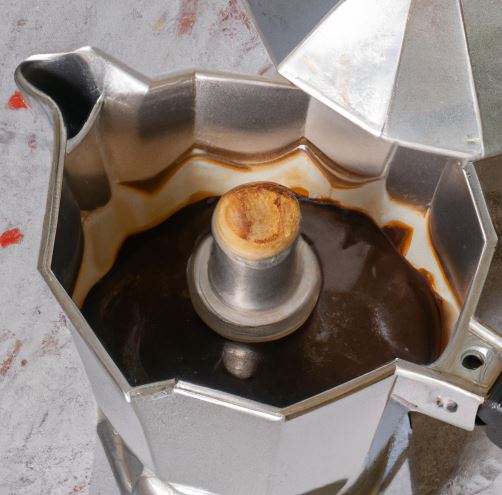Korean Coffee Culture: From Traditional Tea to Modern Café Culture

Korea is a country known for its unique cultural traditions and has recently become a hotspot for coffee culture. From traditional tea ceremonies to modern café culture, the Korean coffee scene has come a long way. In this article, we'll explore how Korean coffee culture has evolved over time, interesting facts, locations, historical events, and how they have impacted coffee culture worldwide.
Historical Overview
Korea has a long history of tea culture, dating back to the 7th century when Buddhist monks brought tea seeds and cultivation techniques from China. Tea has been a traditional beverage in Korea for centuries, and it wasn't until the late 19th century when coffee was introduced to the country. Initially, coffee was only consumed by the upper class as a luxury item.
During the Korean War in the 1950s, American soldiers introduced instant coffee to Koreans, which gained popularity and marked the beginning of the modern Korean coffee culture. The first coffee shops in Korea were established in the 1960s, but it wasn't until the 1990s when the coffee culture really took off, with the rise of chain coffee shops like Starbucks, Coffee Bean, and Tully's.
Interesting Facts
Korean coffee culture is unique in many ways. Here are some interesting facts:
-
Korea is the 6th largest coffee consumer in the world, with an estimated 24,000 coffee shops throughout the country.
-
Koreans have a unique coffee language that has been adapted from Italian. For example, "tall" is called "tahl," and "espresso" is pronounced "es-press-oh."
-
Korean coffee shops are known for their interior design and decor, often featuring cozy and trendy spaces with a mix of traditional and modern elements.
-
Dalgona coffee, a whipped coffee drink that went viral during the pandemic, originated in Korea.
-
In Korea, coffee shops are not just a place to grab a cup of coffee, but also a social hub for people to meet, work, and study.
Locations
Seoul, the capital of Korea, is the hub of the country's coffee culture. The city is home to numerous coffee shops and cafés, each with its own unique style and atmosphere. One of the most popular areas for coffee lovers is Garosugil in the Gangnam district, a trendy street lined with independent coffee shops, fashion boutiques, and restaurants. Hongdae, a neighborhood near Hongik University, is another hotspot for coffee culture, with a youthful and artistic vibe.
Historical Events and Impact
The rise of Korean coffee culture has had a significant impact on the global coffee industry. Korean coffee shops have influenced the interior design of coffee shops around the world, with their stylish and cozy spaces.
In recent years, Korean coffee culture has also played a role in promoting Korean pop culture, or K-Pop, around the world. Many Korean coffee shops feature K-Pop music and merchandise, making them popular destinations for fans of the genre.
Conclusion
Korean coffee culture is a fascinating blend of tradition and modernity, with a unique style and language. From the country's tea-drinking past to the rise of modern coffee culture, Korea has come a long way in its relationship with coffee. As Korean coffee shops continue to evolve and innovate, they will undoubtedly continue to impact the global coffee industry in exciting and unexpected ways.




